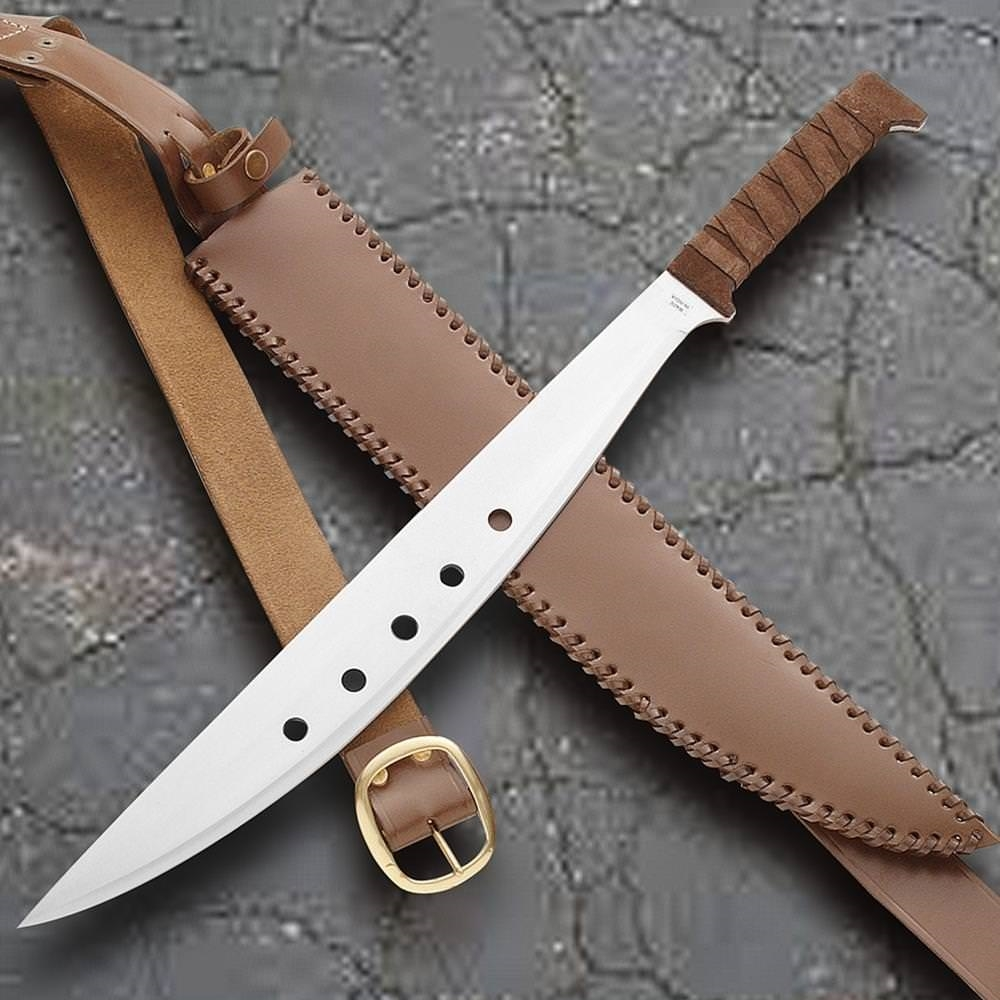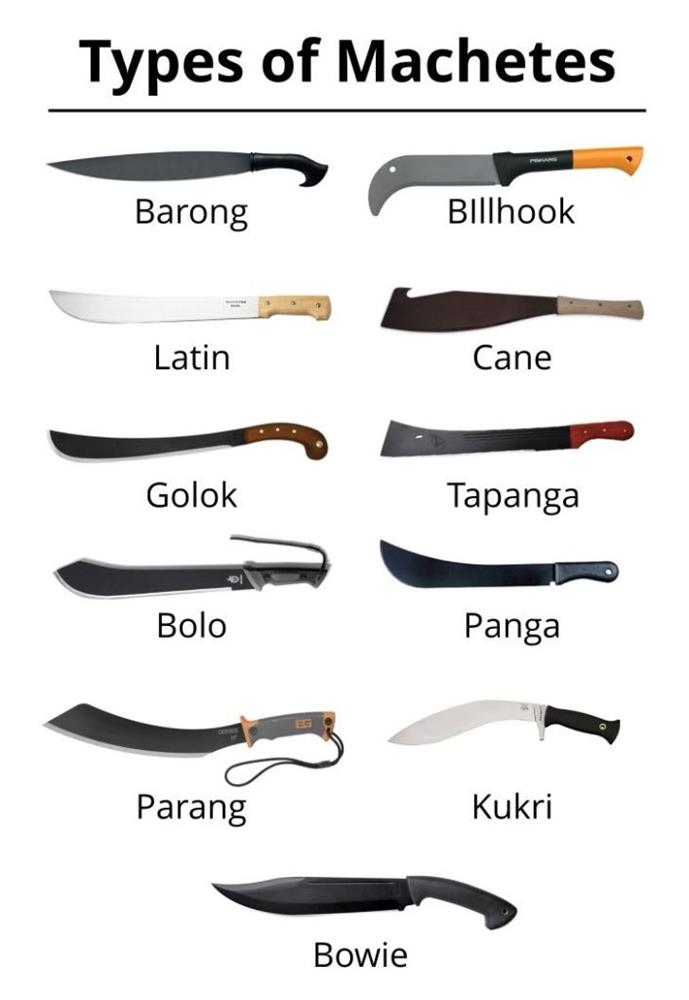WHAT’S THE BEST MACHETE? 2019 REVIEW
20th Aug 2019
Which Machete is right for me?
The fact of the matter is there are tons of choices and the majority are good and will do the job. A machete is very versatile. So why then do I need to be selective when choosing one?

- You really only want to choose one. And that means the right material, shape and function for not only the task at hand, but also has you prepared for others in the future. I don’t know about you, but we don’t have the money or space to keep a bunch of big blades in our garages and sheds collecting dust and rust. Plus, there are obvious limits to what you can carry into the field.
- The old adage holds, you get what you pay for. This is a tool, rarely a collector item and you want your machete to hold up and do its job day in and day out. Step up when it comes to your valuable labor time with education in companies, designs and materials.
Types of Machetes -
It’s really hard to pin point a time when the machete was invented, but it was probably out of utility needs as metal working progresses to longer blades than knives. Many feel the kopish, jian and falcata were precursors. You even see influences from the vaunted kukri in there. The machete is really a short sword ranging from 18” – 28” normally. Of course, when you outfit man with a potential weapon well… he finds a way to use it in battle. One thought seems very likely however- S. America and jungle regions around the world have need for brush cutting tools daily and it seems likely to have come from the jungles of Asia and the Amazon where you know a tool like this was a need.

Variety is key, below is a list of some historical styles still available today-
Kukri Machetes- great for branch clearing, heavy chopping and can disjoint animals.
Bolo Machetes- a really good choice for cutting tough vegetation, shrubs, branches and tree limbs.
Parang Machetes- a solid choice for cutting wood, especially harder varieties
Golok Machetes- this Indonesian variant makes it good for brush clearing and can double as a war time weapon.
Panga Machetes- common to Africa and the Caribbean which is good for chopping and slicing. A good choice for chopping saplings and taking on thick brush. A good choice for a survival machete.
Billhook Machetes- mainly used to lop branches and strip buds or cut vines. Also, can go by the names sheaf hook or trimming hook machetes.
Cane Machetes- not canes like we think of today, these massive and wide blades are ideal for cutting thick stalks of sugarcane, corn, bamboo, etc.
Latin Machetes- an all-purpose blade for sure and one we’ve used for years ourselves. A must in the jungle or to have around your farm. Versions of these have been slightly adapted to “Bush” machetes, popular with bush pilots in outer territories like Alaska.
Barong Machetes- this hunting and survival style machete was popular in the Philippines.
Bowie Machetes- everyone else seems to have a machete, why not the US? Named after its namesake Jim Bowie, this is a much larger version of the classic Bowie and is a good choice for hunters and survivalists.
Tapanga Machetes- odd looking, but the weighted chisel tip makes this top-heavy version great to chop with.
Oh boy, now what? Which is for me and where do I get one. We’ll make it a bit easier for you. There are two primary metals used in machetes. First and honestly preferred, are of carbon or high carbon steel. The pros are great edge holding and durability for heavy chores. The con is that any carbon steel is prone to rust, so you will have to at least provide basic care for the blade through its lifetime. The second is stainless steel, which as you can imagine requires much less maintenance, but can be tempered to a higher/harder Rockwell and thus more brittle causing some nicking and breakage when used in heavy chopping and even may have a softer edge if only case hardened requiring frequent touch ups. That said, either can be a good choice, just know your needs and be honest about how you’ll take care of it.
Similar blogs- https://www.atlantacutlery.com/common-machete-styles-and-their-uses


 Gift Cards
Gift Cards